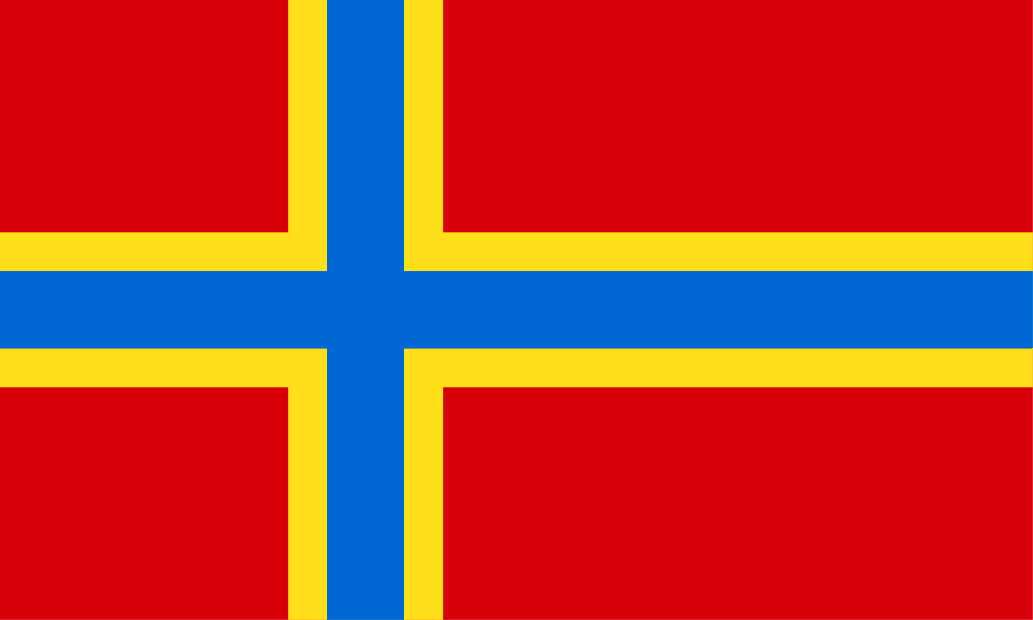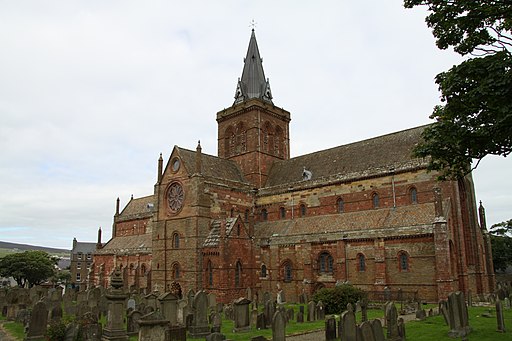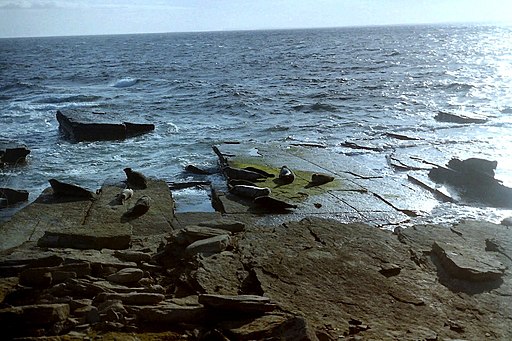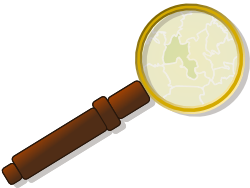Search the Gazetteer
Are the results not as expected? Modify your search term or change the scope to refine your search.
Results for a place that exactly matches ...
Orkney
Orkney, Scotland
 Orkney is a county formed from the archipelago of the same name. There are over 70 islands and skerries, but fewer than a third are inhabited. The main island is Mainland. To the north of Mainland are many scattered islands including Shapinsay, Rousay, Egilsay, Westray and Papa Westray, Stronsay, Sanday, and the furthest, North Ronaldsay. From the south-east edge of Mainland a series of causeways built during the War runs southwards to Burray and then to South Ronaldsay. Lying to the south-west is Hoy. Hoy is unique among the islands in being mountainous. The rest are generally low, rocky, and treeless, with an occasional cultivated area. The largest town, Kirkwall, is on Mainland. St Magnus's Cathedral, built by the Norse Earl Røgnvald, is an impressive edifice. Across the islands are many prehistoric remains of standing stones, mounds and monuments.
Orkney is a county formed from the archipelago of the same name. There are over 70 islands and skerries, but fewer than a third are inhabited. The main island is Mainland. To the north of Mainland are many scattered islands including Shapinsay, Rousay, Egilsay, Westray and Papa Westray, Stronsay, Sanday, and the furthest, North Ronaldsay. From the south-east edge of Mainland a series of causeways built during the War runs southwards to Burray and then to South Ronaldsay. Lying to the south-west is Hoy. Hoy is unique among the islands in being mountainous. The rest are generally low, rocky, and treeless, with an occasional cultivated area. The largest town, Kirkwall, is on Mainland. St Magnus's Cathedral, built by the Norse Earl Røgnvald, is an impressive edifice. Across the islands are many prehistoric remains of standing stones, mounds and monuments.Portrait of Orkney
Place Type: Historic County
Lat, Long: 58.96543,-3.003989
Grid Reference: HY423091
Country: Scotland
GBPNID: 305803
Entry Type: Main listing (P)
URL: https://gazetteer.org.uk/place/Orkney
 Explore Orkney on Wikishire
Explore Orkney on Wikishire
Stromness, Mainland
The main island is Mainland. Seventy-five per cent of Orkney's population live on the island. Kirkwall is the largest town and capital of Orkney. A royal burgh, it stands in the middle of Mainland, where the island is pinched to north and south leaving a narrow gap between Kirkwall on the north coast and Scapa on the south. It bears reminders of the great power once wielded here, in particular the vast St Magnus Cathedral, built by the Norse Earls of Orkney, and beside it, now decayed to ruin, the Earls' residence, while wandering lanes join the town together. A long-established seaport, Stromness lies in the south-western part of Mainland. The old town is clustered along the characterful and winding main street, flanked by houses and shops built from local stone, with narrow lanes and alleys branching off it.

St Magnus Cathedral, Kirkwall
To the north of Mainland are many scattered islands including Shapinsay, Rousay, Egilsay, Westray, Papa Westray, Stronsay, Sanday, and the furthest, North Ronaldsay.

Farmland on Shapinsay
From the south-east edge of Mainland a series of causeways built during the Second World War runs southwards to Burray and then to South Ronaldsay. Lying to the south-west of Mainland is Hoy. Unique among the islands, Hoy is mountainous. The rest are generally low, rocky, and treeless, with an occasional cultivated area.
Hoy, Flotta, South Ronaldsay and Mainland form a ring around a great body of water; Scapa Flow. Scapa Flow is the Navy's finest deepwater anchorage, and famous also as the place where in 1918 Rear Admiral von Reuter scuttled the German High Seas Fleet rather than let it remain in British hands.

Hoy
The folk of Orkney claim Norwegian blood. King Harold I (Harold Fairhair) of Norway added Orkney to the Scandinavian domain in 875. The islands remained nominal dependencies of Norway until 1468, when Christian I of Norway and Denmark pledged them as security for the dowry of his daughter, Margaret, on her marriage to James III of Scotland. The pledge was never redeemed, and Orkney remained the property of Scotland. Many natives regards themselves first and foremost as Orcadian, a term that reflects a strongly held identity with a tradition of understatement.

Inside a Neolithic house at Skara Brae, Mainland
The lengthy history of the islands' occupation has provided numerous important archaeological sites. The earliest known permanent settlement is at Knap of Howar, a Neolithic farmstead on Papa Westray, which dates from 3500 BC. Skara Brae, Europe's best-preserved Neolithic settlement, is believed to have been inhabited from around 3100 BC. Other prehistoric remains include the Standing Stones of Stenness, the Maeshowe passage grave and the Ring of Brodgar. The most impressive Iron Age structures are the ruins of round towers called "brochs" and their associated settlements such as the Broch of Burroughston and Broch of Gurness.

The Stones of Stenness, Mainland
Orkney has an abundance of wildlife, especially of grey and common seals and seabirds such as puffins, kittiwakes, black guillemots (tysties), ravens, and great skuas (bonxies). Whales, dolphins, and otters are also seen around the coasts.

Grey seals on North Ronaldsay
The Orkney Flag comprises a yellow-fimbriated blue Nordic cross on a red field. The colours red and yellow are from the Scottish and Norwegian royal coats of arms. The blue is taken from the flag of Scotland and also represents the sea and the maritime heritage of the islands.

Stromness Town Hall with Orkney Flag flying


 Menu
Menu